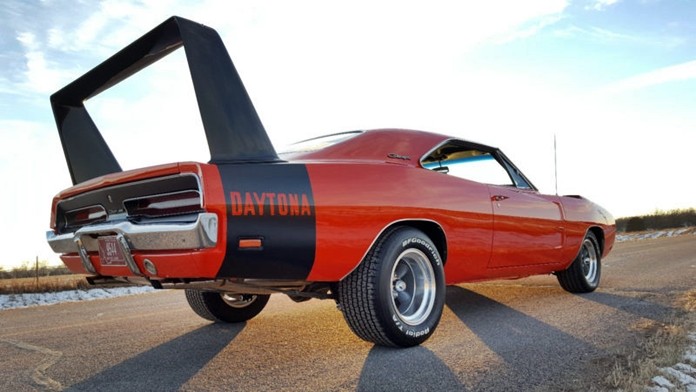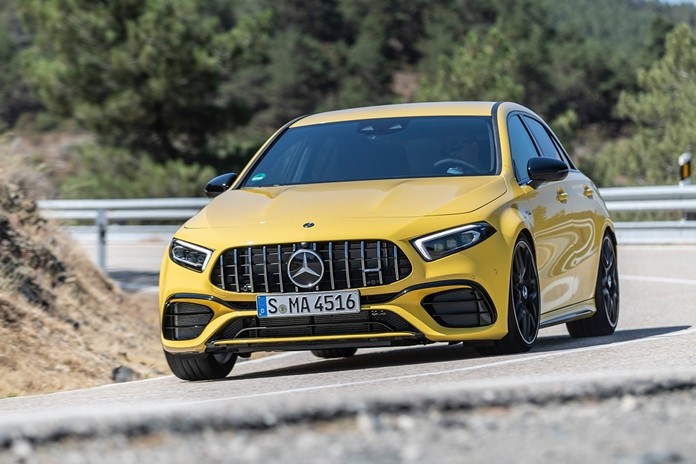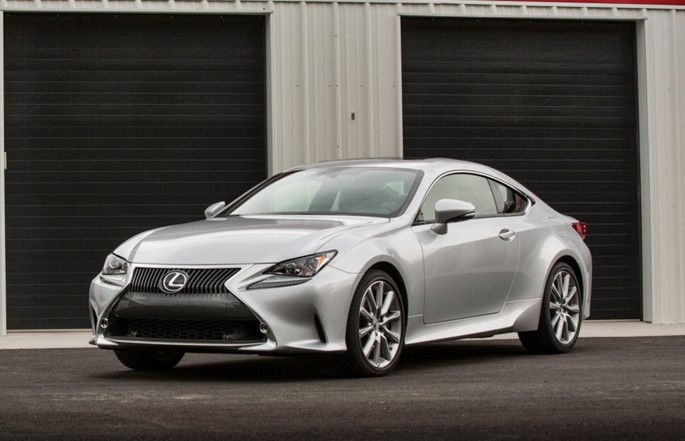
The winged Dodge Charger Daytona was in 1970 just an amazing aerodynamic projectile. In the NASCAR competition it was almost unbeatable.
Though NASCAR didn’t specifically ban wing cars from participating, Bill France’s ruling that Daytonas, Superbirds, and all other such “special cars” be limited to 305-cu.in. engines for the 1971 season, effectively did. The advantage of the Hemi and other big-block V-8s proved too much for the racing teams, so rather than run the smaller engines, those teams – and the manufacturers supporting them – dropped the wings and other aero devices.
Perhaps the hardest-hit of those teams was Nord Krauskopf’s K&K Insurance team, which had won the overall NASCAR championship in 1970 with 11 outright wins, 13 poles, and 38 top 10 finishes. Bobby Isaac, who started out racing on dirt tracks, drove Krauskopf’s Harry Hyde-prepared Daytona to that championship.
The question posed, all these years later, is just how fast were these cars? Isaac drove the Daytona to a record qualifying speed – 199.658 MPH at Talladega – and in the offseason after winning the championship, he took it back to Talladega to set a closed-course speed record of 201.104 MPH, a record that would end up standing for more than a dozen years.
Members of the K&K team had speculated about how fast the #71 car really was and what it could do if unlimited by NASCAR rules or racetracks. The venue for this was the Bonneville salt flats and they recorded 216.945 MPH (330 KMH), a record for a stock-bodied car with a flying-start, followed by a 182.174 MPH record for a stock-bodied car with a standing start.
Isaac then started chasing endurance speed records on a 10-mile oval on the salt, sliding the car like he would any dirt-track car around the oval’s curves. In total, he and the team left the salt with 28 records and a good idea what their car really was capable of.
The auto industry is in trouble
San Francisco (AP) — Tesla lost US$408 million in its latest quarter as it struggles to prove it can make money selling electric cars at mass-market prices.
The setback had already been telegraphed by Tesla CEO Elon Musk. Still, it underscored Tesla’s ongoing challenges and helps explain why the company’s shares have plunged by more than 20 percent this year.
Tesla has sustained losses of more than $6 billion since its inception, but Musk promised a year ago that the road ahead would be paved with profits. The Palo Alto, California, company made good on that pledge with a profit of $451 million during the final half of last year. But it has now posted successive quarterly losses totaling $1.1 billion in the first half of this year.
The latest losses came despite Tesla selling more electric cars — 95,356 — than in any other quarter in its history. The company remains behind the sales pace needed to realize Musk’s goal of delivering 360,000 to 400,000 cars this year.
But just reaching the lower-end of Musk’s car-delivery goal for this year may prove difficult. That’s because the U.S. has reduced its tax incentive for electric car purchases, which will be phased out entirely at the end of the year.
Tesla is pinning its hopes largely on its lowest-priced vehicle so far, the Model 3 sedan, which starts at $35,000. That’s comparable to other mass-market cars, but many analysts doubt the company can make money on the Model 3 at its starting price. Tesla other’s cars, the Model S and Model X, both sell for more than $70,000 — far beyond the reach of most consumers.
However, it’s not just Tesla in financial trouble.
Daimler AG, the maker of Mercedes-Benz luxury cars, says it lost 1.2 billion euros in the second quarter as the company booked 4.2 billion euros in one-time charges for troubles with diesel vehicles and air bag recalls.
The quarterly loss was the company’s first since 2009 and a bumpy start for new CEO Ola Kallenius, who took over from Dieter Zetsche on May 22 and since then has had to issue two profit warnings.
The Stuttgart-based company is under investigation in Germany and the U.S. and faces U.S. civil lawsuits in connection with its cars’ diesel emissions. It also is facing increased expenses for recalling cars with faulty air bags from supplier Takata, (losses suffered by other automakers, too).
Regulators in the U.S. and Europe have cracked down on diesel emissions after Volkswagen was caught in 2015 using software to cheat on U.S. diesel emissions tests. The Volkswagen scandal led to renewed scrutiny of emissions from regulators, forcing Daimler and others to recall vehicles and update their emissions software.
On top of that, Daimler like other automakers has to finance the development of new technologies such as battery-powered cars, self-driving cars and services such as car-sharing or taxi-hailing that work through smartphone apps. Slowing growth in China, the world’s largest auto market, and U.S.-China trade tensions are creating further headwinds for the industry.
The company said it expected “significant improvement” in its earnings performance during the second half of the year. However, it has already said full-year earnings will be significantly below last year’s.
Kallenius said the company would review its product portfolio and intensify efforts to reduce costs.
“Our focus for the second half of this year is on improving our operating performance and cash-flow generation,” he said.
Pressed for details about the company’s cost-cutting efforts during a conference call with reporters, Kallenius deferred giving details until a presentation for investors in November. The company has said its cost program will not involve layoffs.

What did we learn from the Hungarian GP?
A high speed procession became a cliff hanger at the finish.
When pole-sitter Max Verstappen (Red Bull) won the start and Valtteri Bottas (Mercedes) bungled it, we thought the race was over. Initially, the way the race was unfolding did nothing to hold spectators’ attention.
Bottas needed a new front wing after squabbling with team leader Lewis Hamilton on the first lap so dropped out of the equation, and will result in a new set of overalls for the Finn next year. Any color but silver.
Another driver who will be lining up at the tailor shop for new driving suits next year will be Pierre Gasly (Red Bull) who finished sixth in Hungary and was never in the hunt for top positions. When your team mate can win Grands Prix and you are nowhere, the transfer window is open.
In the initial stages of the race, with Verstappen bolting, everyone was expecting Ferrari number one Sebastian Vettel to come up with an action plan. The only car he was in close quarters with was his own team mate, Charles Leclerc, with the Ferrari’s finishing third and fourth and not even keeping the others in sight. Ferrari management will not be pleased to see their cars finish over one minute behind.
The first tyre changes came around lap 25 and Verstappen kept his first position after the round of pit stops was over. At that stage the only driver making up positions was Daniel Ricciardo (Renault) who started from last following engine maladies with the exploding motors. Ricciardo’s progress through the field was halted by Magnussen (Haas) who was very adept at moving side to side, also known as blocking.
In the meantime, Hamilton had caught up with Verstappen, but was unable to pass. A brave decision by Mercedes pit wall brought Hamilton in on Lap 49 to get fresh rubber, an advantage – but now Hamilton rejoined 20 seconds behind Verstappen. A disadvantage.
At this stage, everyone was trying to guess when and whether Hamilton would catch Verstappen, and even if he did, would he be able to pass?
Hamilton then put in a series of fastest laps, carving up to 2 seconds a lap from Verstappen’s lead. By the time there was 9 laps to go, Hamilton was 10 seconds behind. By the time there was three laps to go, Hamilton was filling Verstappens mirrors, and cleanly executed a clinical pass and powered away.
Verstappen’s only consolation on losing what looked like a certain win was to come in and change tyres and set the new lap record.
The battle at the front was so exciting that the other drivers were forgotten, but mention should be made of Charles Leclerc who was fourth for Ferrari, Carlos Sainz (McLaren) fifth, in front of the second Red Bull of Pierre Gasly. Alfa Romeo’s Kimi Räikkönen was seventh, Bottas was eighth with Lando Norris (McLaren) ninth in front of the Toro Rosso of Alexander Albon.
The annual “holiday” is up next, with the first GP back being Spa on September 1.
Reliability ratings
J.D. Power’s 2018 U.S. Vehicle Dependability Study measures the number of problems reported by consumers who have owned 2015 model-year vehicles for three years.
The study found that vehicle dependability increased 9 percent over the 2017 study, which was the first increase since 2013.
“For the most part, automotive manufacturers continue to meet consumers’ vehicle dependability expectations,” J.D. Power vice president of global automotive Dave Sargent said in a press release. “A 9 percent improvement is extremely impressive, and vehicle dependability is, without question, at its best level ever.”

Lexus topped the survey for the seventh consecutive year with a score of 99 reported problems per 100 vehicles, while the industry average was 142. Porsche, Buick, Infiniti, and Kia rounded out the top-five. However, Lexus still has a dreadful front with the “spindle grille”.
Whilst those figures are indeed impressive, the ongoing problems with defective items supplied to the manufacturer continues from tier one and downwards. The Takata air-bag saga is not over yet. There will be further ramifications with the diesel ‘cheating’ scandal which has expanded from being a VW problem, to just about any diesel manufacturer, and that includes Mercedes. One cannot help the feeling that VW has been made the whipping boy in this diesel debacle.
 |
 |
 |





